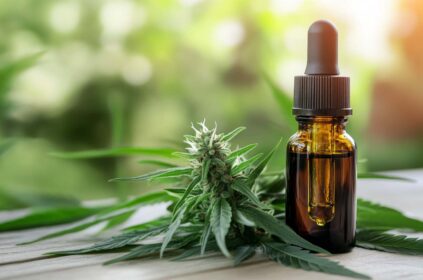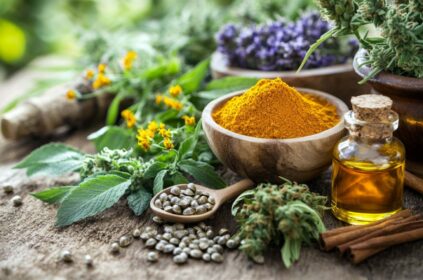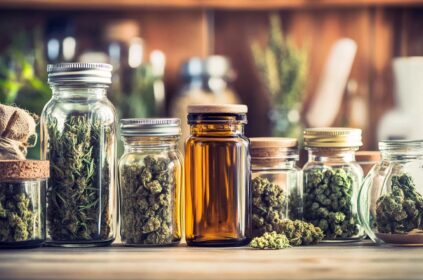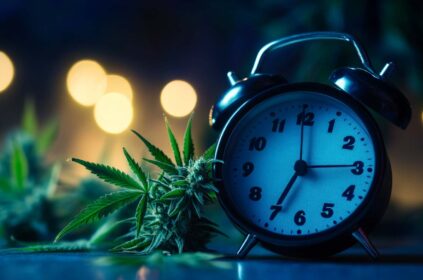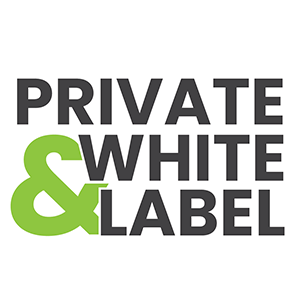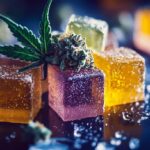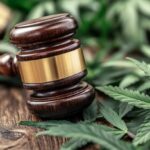Comparing CBD and THC: Key Differences Explained
In the intricate world of cannabinoids, two compounds frequently take center stage: CBD (Cannabidiol) and THC (Tetrahydrocannabinol). Both hail from the cannabis plant but diverge in their effects, applications, and legal status. Understanding these differences is vital, whether you’re exploring the wellness benefits of CBD, considering THC for recreational use, or simply wanting to deepen your knowledge about hemp-derived products. Let’s unravel the complexities of these cannabinoids together.
Chemical Structure and Properties
At first glance, CBD and THC might seem almost identical. They share the same molecular formula—21 carbon atoms, 30 hydrogen atoms, and two oxygen atoms. However, the subtle differences in their atomic arrangements result in vastly different properties and effects when consumed. This distinction is a foundational aspect of how each cannabinoid interacts with our bodies.
Psychoactive Effects
THC
If you want to understand THC, think of it as the party starter. It’s the primary psychoactive compound in cannabis, responsible for that characteristic “high.” THC interacts with the brain’s reward system, releasing dopamine and stimulating feelings of euphoria, altered perception, and heightened sensory experiences.
Interestingly, the potency of THC has surged over the years. While marijuana in the mid-1990s averaged about 4% THC, today’s strains often boast levels as high as 15% or more. This increase can lead to intense effects—some users may experience anxiety, paranoia, or impaired judgment, especially at higher doses.
CBD
In stark contrast, CBD is a calming presence. It’s non-psychoactive, meaning it doesn’t produce the intoxicating effects associated with THC. Instead, CBD does interact with the brain, but rather than triggering euphoria, it offers a more balanced, grounding effect. This makes CBD an appealing option for those seeking relief from pain, anxiety, or stress without unwanted intoxication.
Interaction with the Endocannabinoid System
The endocannabinoid system (ECS) plays a crucial role in how cannabinoids affect our bodies and minds.
THC
THC has a direct approach—it binds strongly to CB1 receptors in the brain, leading to those pronounced psychological effects, such as altered perception and a euphoric high.
CBD
CBD takes a more indirect route. It doesn’t bind to these receptors aggressively; instead, it modulates their activity and can even counteract some of THC’s psychoactive effects. This unique interaction allows for a complementary relationship between THC and CBD in various treatments, often leveraging the best of both worlds.
Side Effects and Safety
THC
Though many enjoy THC for its euphoric effects, it’s essential to be mindful of its potential side effects, which can include:
- Impaired memory and judgment
- Increased heart rate
- Dizziness or lightheadedness
- Anxiety or paranoia
- Nausea
An important consideration for consumers is the formation of edible products. When CBD is mixed with THC, it can inhibit THC’s metabolism, resulting in unpredictable effects. If people are unaccustomed to these products or consume them in large quantities, this can lead to greater impairments or discomfort.
CBD
CBD is largely viewed as safe, but it’s not entirely without side effects. Some potential effects might include:
- Fatigue or tiredness
- Nausea and gastrointestinal discomfort
- Minor changes in appetite
- Interactions with certain medications
It’s always prudent to consult a healthcare provider before starting CBD, especially if you are on other medications. Personalized guidance can help prevent potential interactions and ensure safety.
Legal Status
The legal landscape for THC and CBD is complex and varies significantly by location.
THC
In the U.S., THC is classified as a Schedule I controlled substance. This status means it’s heavily regulated and considered to have a high potential for abuse and no accepted medical use at the federal level. However, many states have implemented their own laws legalizing THC for medical and recreational use, creating a patchwork of regulations.
CBD
On the other hand, CBD has gained a more favorable legal status, especially since the 2018 Farm Bill, which legalized hemp-derived CBD containing less than 0.3% THC on a federal level. This shift has led to a significant growth in CBD products available to consumers, ranging from oils to edibles to personal care items.
Practical Applications and Market Impact
THC
While THC is primarily sought after for recreational use, it also offers therapeutic benefits, particularly in managing:
- Pain relief
- Nausea and vomiting from chemotherapy
- Muscle spasms associated with conditions like multiple sclerosis
The limitations imposed by its psychoactive nature and legal issues mean that while THC remains popular, its use is more confined.
CBD
CBD, with its therapeutic potential and non-psychoactive nature, has exploded in popularity. Numerous applications are now available, including:
- Pain Management: CBD is frequently used by those grappling with chronic pain and arthritis.
- Anxiety Reduction: Studies suggest CBD may help decrease anxiety levels and promote calmness.
- Improved Sleep: People often turn to CBD products for sleep assistance, claiming it aids in falling and staying asleep.
- Skincare Solutions: Many skincare brands incorporate CBD for its anti-inflammatory and antioxidant properties.
- Pet Supplements: CBD has found its way into pets’ wellness regimens, helping animals with anxiety, stress, and pain.
The CBD market is burgeoning, with an impressive array of products tailored to different needs and preferences.
Conclusion
Navigating the differences between CBD and THC can empower you to make informed choices about your health and wellness. While THC is linked with psychoactive experiences and is often reserved for recreational use, CBD stands out as a versatile, therapeutic compound. Its non-psychoactive profile allows it to cater to those looking for relief without the accompanying high.
To maximize the potential benefits of these cannabinoids, consider the following actionable tips:
- Always consult your healthcare provider before starting any new cannabinoid products, especially if taking other medications.
- Familiarize yourself with the legal status of THC and CBD in your area to ensure compliance.
- Start with low doses to monitor how your body reacts before increasing as needed.
- Seek products from reputable brands that prioritize transparency and third-party testing.
By understanding the nuances between CBD and THC, you can better harness their unique properties to enhance your well-being. With their evolving legality and growing acceptance, these cannabinoids offer exciting possibilities for future health and wellness applications.


